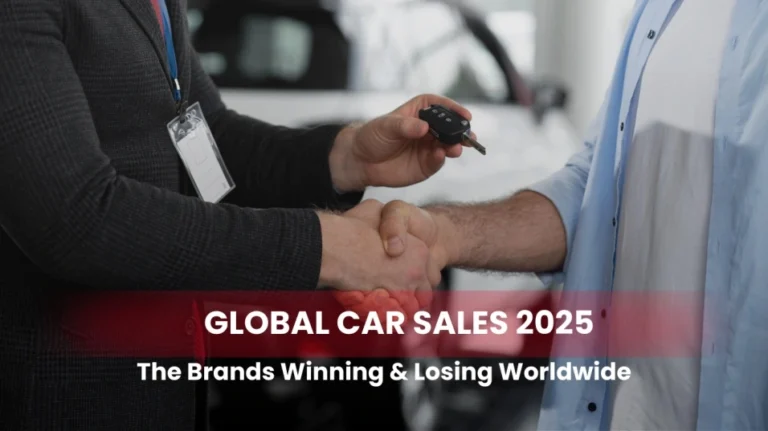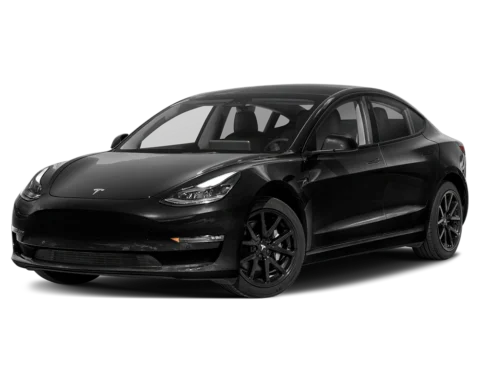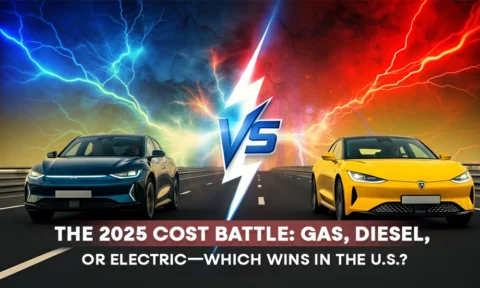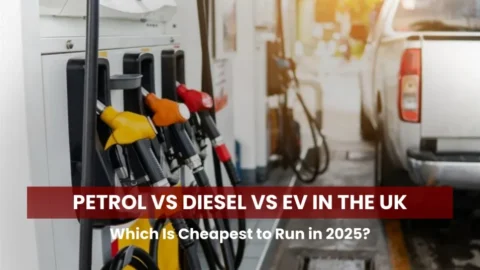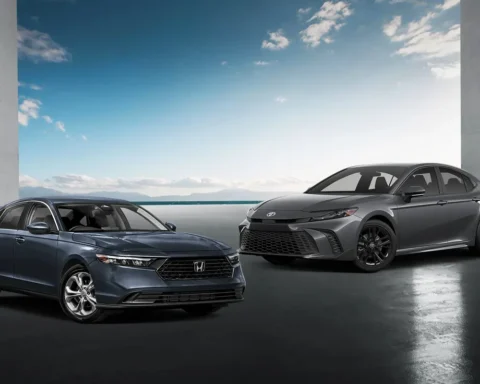As we cruise toward the end of 2025, I thought I’d take a look at the auto industry’s sales figures to determine which direction each brand is headed. From what I’ve seen so far, it appears 2025 is shaping up to be a rollercoaster for major brands. While some are pulling ahead, others are slipping and need to course correct to meet expectations.
Hitch a ride as I navigate the trends and reveal who’s likely to gain or lose in 2025.
What’s Driving The Shifts in Car Sales in 2025?
To understand these years’ global car sales figures, let’s first look at what’s driving the trends in 2025. These are the aspects that stand out so far. These are the forces that are shaping the way people are buying cars this year and what brands are rising or slipping as a result.
China’s role as the epicenter of growth (and competition)
Due to the sheer size of the Chinese market, a brand’s success there can decide its global standing, which is possibly why Volkswagen appears to be underperforming this year. Companies like BYD are thriving thanks to strong domestic support, while giants like Volkswagen are losing ground as local players cut prices aggressively and churn out fresh EV models at lightning speed.
EV affordability and infrastructure
When you consider the electric car market, it’s not just about producing electric cars. It’s also about whether people feel confident they can afford one and charge it conveniently. That’s mainly why BYD’s affordable models are rapidly disappearing from showrooms, while Tesla is feeling the pressure in Europe, where rivals are undercutting prices.
Hybrid demand in uncertain economies
This year, hybrids are proving to be great alternatives for buyers who want lower fuel bills but don’t fully trust the EV infrastructure yet. This benefits Toyota and Honda because they have had many years to refine their hybrid tech.
Regional regulations and incentives
In Europe, EVs and hybrids have received a boost from the stricter emissions rules. In the U.S., however, doing away with generous EV tax credits this year could reshape demand in the coming few months and the years ahead. Meanwhile, in parts of Asia and Latin America, cost continues to be the biggest consideration when buying a car, so efficient ICE cars like the Hilux continue to be in great demand.
Brand identity and consumer trust
When investing in a car, you and I don’t just look at specs. We also have these models in our minds that are aspirational or give us a great feeling when we think about owning them. Toyota is one such brand that people across the world trust deeply for its reliability, which is why it ranks high on the popularity charts. On the other hand, Nissan has managed to slip out of the top 10, showing what happens when a brand loses momentum in both product pipeline and customer perception.
All of this makes it clear that 2025 sales figures are not just about who sold the most cars. It’s also proof of how well brands are adapting to new expectations, regional peculiarities, and the ongoing movement towards EVs.
Having got that out of the way, let’s now look at this year’s gainers and losers so far.
Who’s Gaining Ground
Toyota
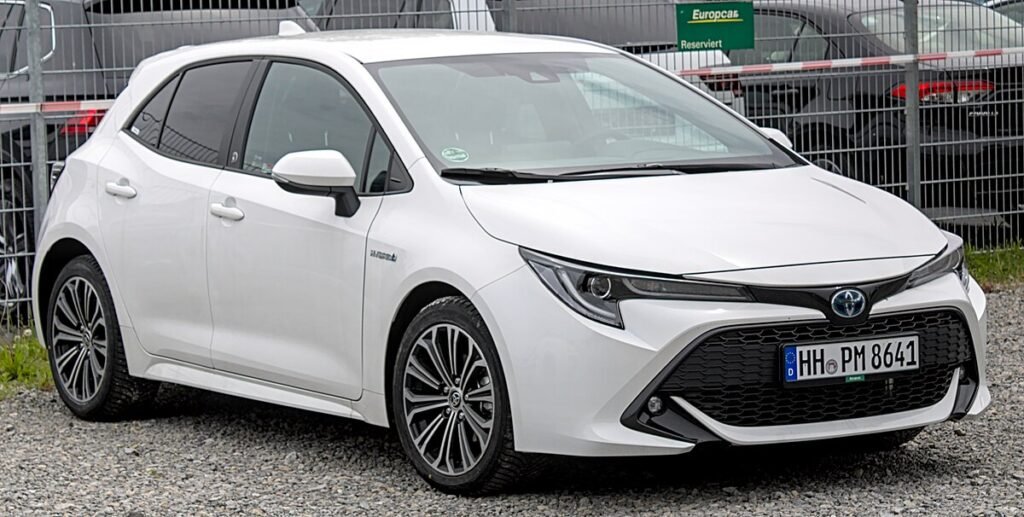
From all I’ve read, I think it’s Toyota’s year so far. The brand is enjoying a strong sales year. From January through June 2025, Toyota’s global vehicle sales passed 5.1 million units, which is a 5.5% increase over the same period last year, with hybrids driving much of its sales.
Volkswagen
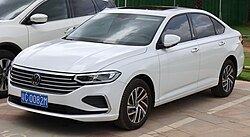
Volkswagen takes second place with approximately 2.2% growth in its sales year on year thus far.
Leapmotor
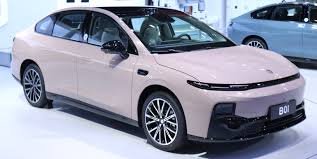
Leapmotor, the Chinese EV newcomer, more than doubled its sales in 2024 and expects to hit 1 million global sales by 2026. They’re expanding rapidly beyond China by partnering with Stellantis for improved global reach.
BYD
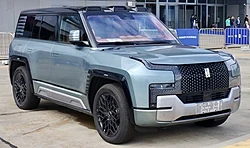
BYD continues to expand into Europe, doubling its network of dealers and service centers while releasing new models that are challenging the supremacy of Tesla and other legacy automakers.
Who’s Losing in 2025
If you’re wondering which are the losers this year, you could be surprised by some of the names listed below. These major automakers are facing strong resistance from competitors this year, and not everyone is riding the wave of growth.
Nissan
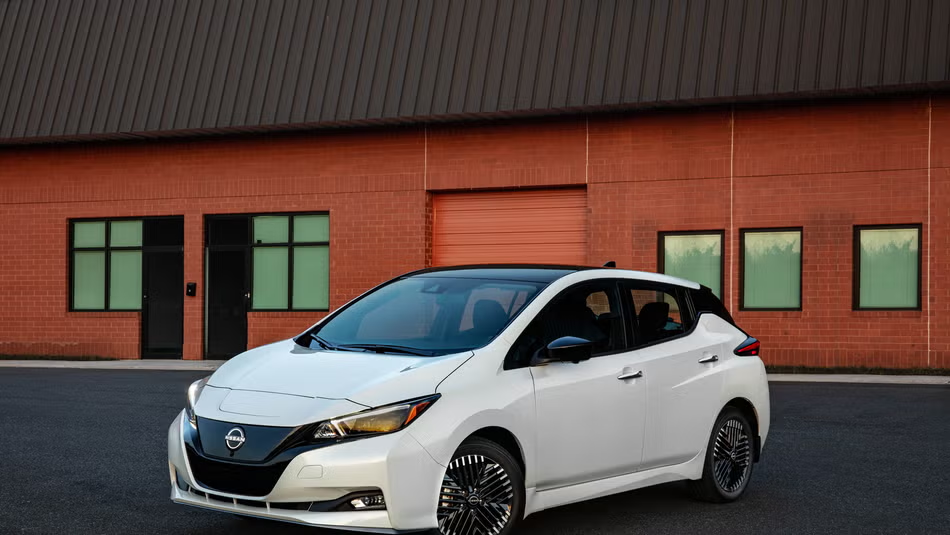
Nissan was the biggest surprise for me, as it seems to have dropped out of the global top 10 automakers in vehicle sales during the first half of 2025. Its sales fell about 6%, to ~1.61 million units. Apparently, this is the first time in 16 years that Nissan has fallen from the top 10. In China, which is its biggest market, sales fell by ~18%.
BMW and Porsche
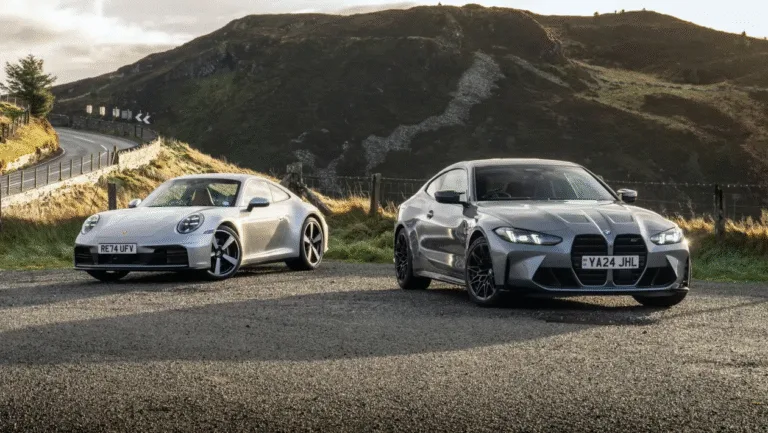
Significantly, BMW and Porsche have also reported sharp drops in their China sales. BMW’s China sales fell ~28%, Porsche’s ~13.4%.
Tesla
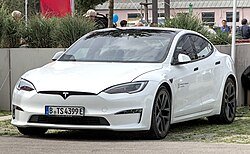
And then we have Tesla, which has been displaying some alarming trends recently. Specifically, in Europe, its monthly sales in April 2025 dropped ~49% compared to April 2024. That suggests a major problem with declining consumer confidence, stiffer competition, or other market pressures.
My Top 5 Lists For 2025 (So Far)
Top 5 EVs in 2025
Tesla Model Y
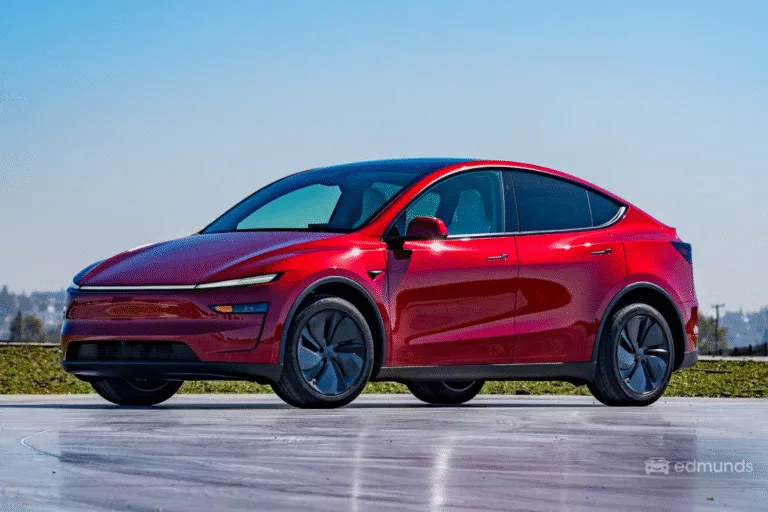
Although Tesla seems to be losing market share in 2025, the Model Y continues to be the world’s best-selling EV with strong traction in Europe and the U.S. Its excellent range (often among the highest in its class), access to Tesla’s Supercharger network, clean software ecosystem, a spacious cabin, and strong resale value help retain its popularity among tech loving ev drivers.
BYD Dolphin
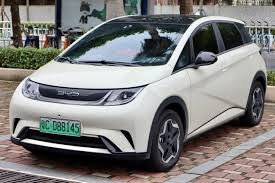
This is an affordable, compact, and popular EV in China and Europe. Its compact size is good for urban driving, while its efficient powertrain and strong value vs price in many markets make it an attractive option for budget buyers. This car is also seen as an EV that’s easier to adapt to for drivers transitioning from small ICE cars.
BYD Seal
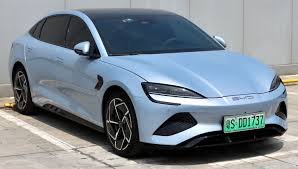
BYD Seal is experiencing growing demand in Asia and is now entering European markets. Built on BYD’s e-Platform 3.0 with high structural rigidity, this EV has plenty of tech in infotainment, luxurious finishes like vegan leather upholstery, heated/ventilated seats, and premium sound systems to have prospective buyers lining up to test it out.
Hyundai Ioniq 5
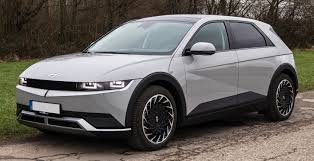
Stylish design and competitive pricing of the Hyundai Iconiq 5 keep it moving up the Popularity charts. Buyers find its futuristic styling, fast charging capabilities, clever interior layout, good ride comfort, balanced performance, and range give it both a modern and practical feel.
Top 5 Hybrids in 2025
Toyota Corolla Hybrid
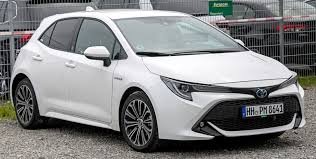
The Toyota Corolla Hybrid is an affordable and reliable car and a best-seller worldwide. That’s because of its excellent fuel economy, reliability, good resale value, and wide service network.
Toyota RAV4 Hybrid
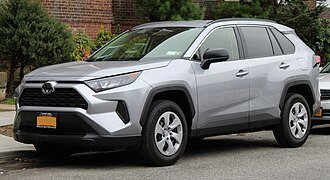
The Toyota RAV4 Hybrid leads the hybrid SUV category and is particularly strong in North America. It offers drivers a strong balance of power and efficiency, good ground clearance, and a comfortable ride in the city and on highways.
Honda CR-V Hybrid
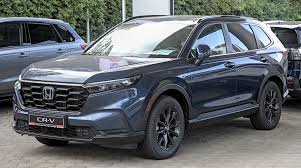
The Honda CR-V Hybrid is performing well in the U.S. and Asia. Its spacious interior and smooth transition between power modes make it easier for ICE drivers to adapt. It typically offers good value for money.
Toyota Prius
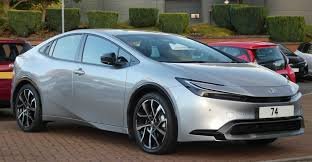
A reinvented design has revived interest in Toyota’s classic hybrid, the Prius. With updated styling, better battery tech, and more responsive power delivery than older Prius versions, the new Prius has Buyers lining up once again. That’s no surprise since many buyers view it as the hybrid standard other brands should follow.
Hyundai Tucson Hybrid
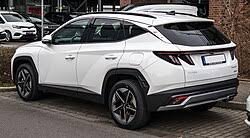
The Hyundai Tucson Hybrid has been winning more buyers in Europe and Asia with its stylish SUV looks, upscale features, and strong safety tech. It’s good for buyers who want a hybrid that offers SUV utility.
Top 5 Internal Combustion Engine (ICE) Cars in 2025
Toyota Hilux
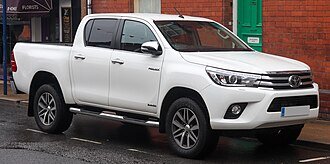
The Toyota Hilux is dominating in markets like Australia, Africa, and Southeast Asia with its legendary toughness, strong resale value, and strong performance in rugged or harsh conditions. While it provides minimal luxury, it’s a very dependable car.
Ford F-150
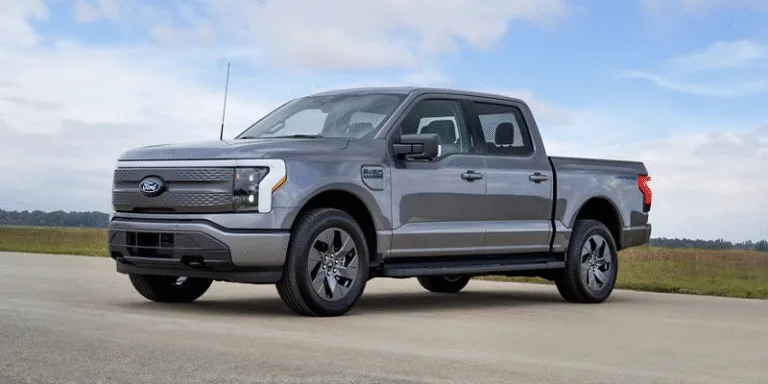
The Ford F-150 remains the top-selling truck in North America. It enjoys huge popularity due to its powerful engines, wide variant range, strong aftermarket, and support.
Toyota Corolla (Petrol)

The Toyota Corolla continues to maintain its global popularity thanks to its affordability. Apart from that, dependability, mass appeal, good efficiency for its class, and many parts/service options make it a good option for ICE drivers.
Volkswagen Golf
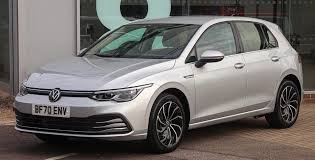
The Volkswagen Golf remains a European favorite despite the stiff competition it faces from EVs. This is mainly because it’s a well-engineered vehicle that provides good handling, strong brand prestige in many markets, and modern tech.
Peugeot 208
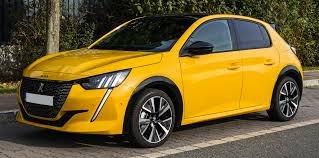
Rounding up my list is the Peugeot 208. Named European Car of the Year 2020, this car has consistently maintained a spot among Europe’s top-selling cars. Don’t think it’s just a small city car. It feels premium, versatile, and future-ready with its EV option. Buyers who love having a stylish hatchback that can be both affordable and forward-looking without needing to change brands later when moving to electric often opt for this car.
Trends to Follow
Since we haven’t yet reached the end of 2025, I’d suggest you pay attention to these trends to get a good idea about how things are likely to stand for automotive brands at the end of the year.
- Global vehicle sales in 2025 are forecasted at 91.6 million units, up from 88.4 million in 2024.
- Toyota leads all groups with 12.6% market share YTD.
My Reading of the Situation
Toyota’s dominance with hybrids is apparent in 2025 as is BYD’s push with affordable EVs. The challenge for Tesla is to hold on to its crown in 2025. For buyers, this means more options than ever. We get to choose from a wider range of cars that include budget EVs, reliable hybrids, and classic ICE workhorses. The competition sure is fierce as of now, and I’m sure every automaker feels compelled to adapt faster than they might like.
All of this seems to suggest that we’re not really heading toward a single “winner,” but rather a split market where different powertrains succeed in different regions.
If you’re trying to figure out which type of car makes sense for your lifestyle in this shifting landscape, you don’t have to do it alone—head over to Ask About Cars and get the answers you need before your next big decision.


